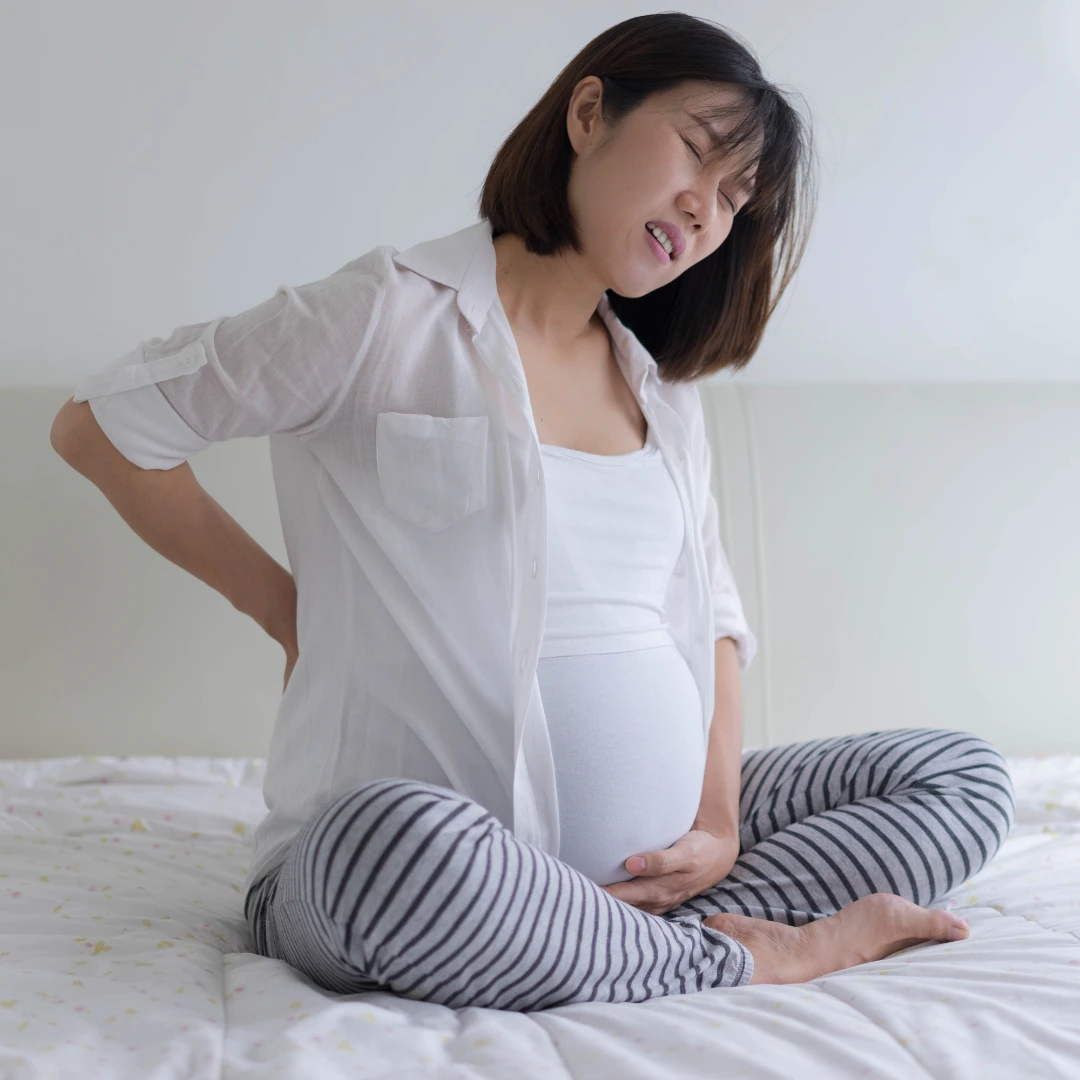
The first stage of labour can be divided into the latent phase and active phase.
The latent phase involves irregular and not always painful contractions. You may or may not have “show” or experience leaking liquor at this point – or these may not happen till the active phase. The cervix begins to change from being closed and long. This process takes a variable amount of time and often is longer in first time mothers. You can continue to eat and drink normally during this time.
The active phase involves regular, painful contractions which allows the cervix (neck of the womb) to dilate. The cervix progressively dilates and shortens to reach 10cm (full dilation) during this stage of labour. This is usually the point where most women will require pain relief. As a rough guideline, once you hit about 3-4cm, you will take about 1hr for every 1cm dilation. Your baby’s heartbeat will be monitored through an electronic monitor from this point. Your gynaecologist may need to break your waters artificially and/or start you on an oxytocin drip to get your contractions regular and stronger.
The second stage of labour begins from when full dilation is achieved until delivery of the baby. There will be an intense feeling of needing to pass motion (because of compression from baby’s head) if you are not on epidural. During this process, the baby’s head descends through the birth canal and is delivered with the mother’s pushing. An episiotomy (vaginal cut) is usually performed for first time mothers. It generally takes about 1 hour for baby’s head to descend into the pelvis and another hour to push the baby out. The third stage of labour starts after the baby is delivered and ends when the placenta is out. You will be given an intramuscular injection to help your uterus contract.Labor is considered term if it occurs between 37 to 42 weeks. It is considered preterm if it occurs before 37 weeks. If you go 1 week beyond your due date (which is 40 weeks) in an uncomplicated pregnancy, you will generally be offered induction of labour.
Maternal reasons
Foetal reasons

If you had a half-body anaesthesia, you will be able to hold your baby, start skin-to-skin and breastfeeding. If you had general anaesthesia, you will need to wait until you are fully alert before doing so. You should also be able to start drinking and eating slowly a few hours after the procedure. You may start to feel some pain around your wound after the anaesthetic effects wear off so you should take your painkillers as prescribed. Breastfeeding help will be available via your nurses and lactation consultant.
On the first day after your caesarean section, you will be asked to sit up and move around your room with an abdominal binder around your wound for support. You should keep your legs moving even in bed, as pregnant women have an increased risk of forming blood clots in their legs (deep vein thrombosis) – this is higher after surgery. Your urine catheter will be removed and you should be able to pass urine by yourself.
Caesarean sections are commonly done and is generally a safe procedure. The risks of an emergency caesarean is about 4 times that of an elective caesarean. Some of the risks may include:
Common (affecting 1-5% of patients):
Uncommon (affecting 0.1-1% of patients):
Rare (affecting <0.1% of patients):
A mediolateral episiotomy is a cut made by sterile scissors in your vagina when your baby’s head is about to be delivered. This cut is made downwards and diagonally away from your anus. This has a few aims:
If your baby is very large, or your pushing is very fast and strong, or you have a short perineum (distance of your tissue between your vagina and anus), an episiotomy may not be able to protect you completely from having multiple tears or a third/fourth degree tear (although it does reduce your risks of having these).
Other instances that episiotomy is required include:
Feelings of sadness, being upset, anxious or even anger start 2-3 days after childbirth. These are baby blues, can come and go, and usually get better within 1-2 weeks with help and support from your loved ones.
However, unlike baby blues, the feelings of postpartum depression are a lot more intense and persistent. You may feel helpless, hopeless, constantly on edge and despair of ever being able to handle yourself, much less your baby. These feelings may start 1-3 weeks after childbirth or even after that. This is a medical condition that needs help. It does not mean that you are a useless mother! You should speak to your partner and gynaecologist about this as good treatment options are available.
Psychological therapy allows you to talk through your feelings with a trained specialist and develop coping strategies. Cognitive behavioural therapy, where you change your ways of thinking and behaviour, has been shown to be helpful. You can do therapy one-on-one, or involve your partner/family members so that they have a better understanding of what you are going through. Support groups can be a great source of comfort.
Antidepressants can also be helpful in managing your emotions although it may take a couple of weeks to take effect. Breastfeeding is still possible when you are on anti-depressants as the level found in breast milk is low – speak to your doctor about this.






Aster Gynaecology © | All Rights Reserved.